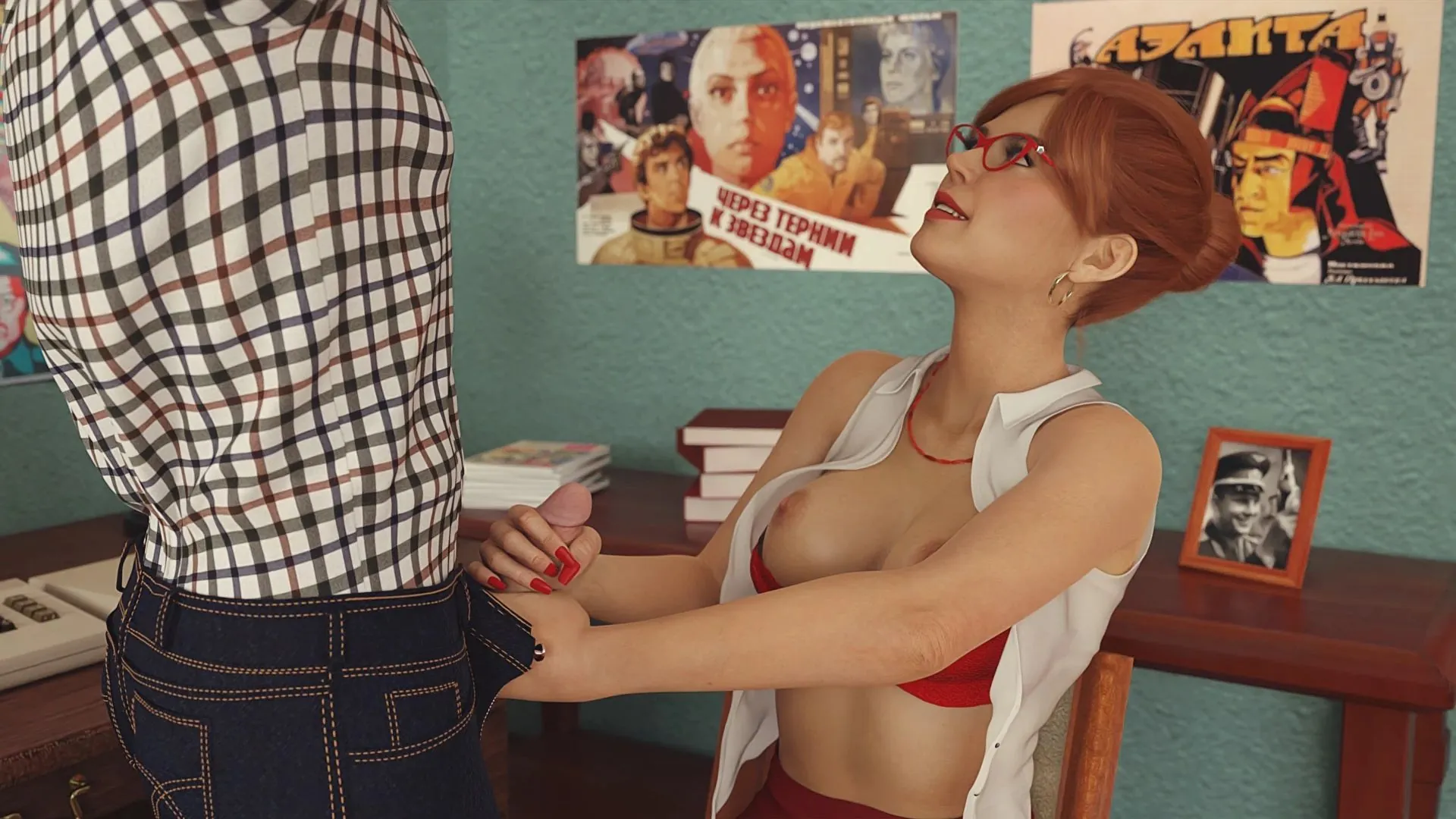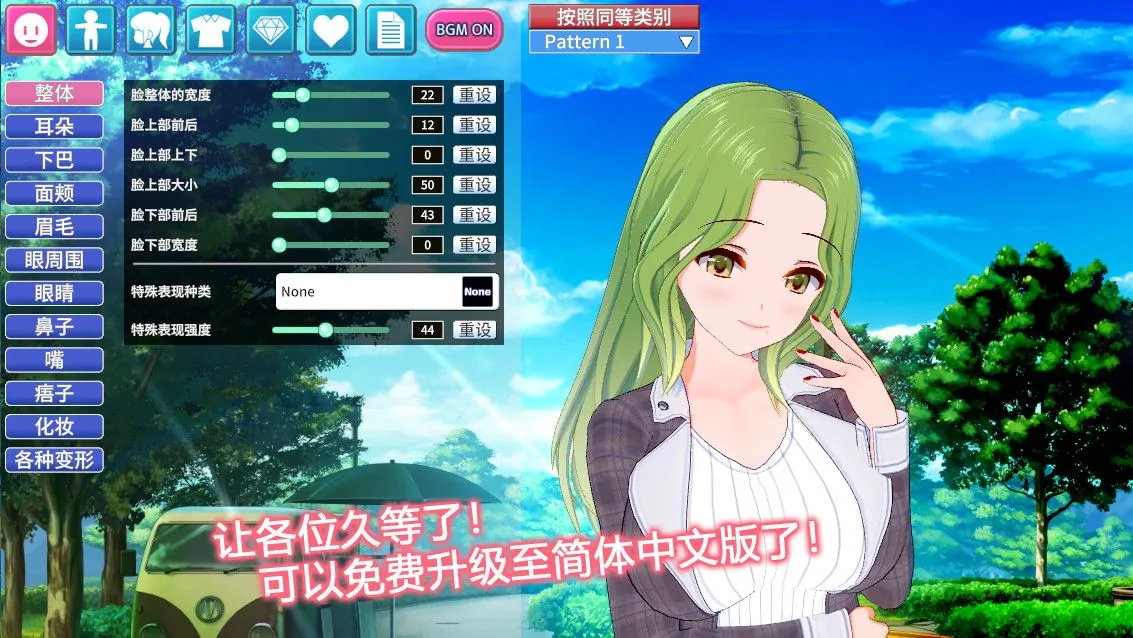
Culture Shock
Play Culture Shock
Culture Shock review
Exploring the Gameplay, Story, and Impact of Culture Shock
Culture Shock is a distinctive game that blends narrative depth with interactive elements, offering players a unique experience unlike typical titles in its category. This article dives into the core aspects of Culture Shock, exploring its gameplay, story, and what sets it apart. Whether you’re curious about its characters or the immersive world it creates, this guide will provide a comprehensive understanding of the game and why it has captured the attention of its audience.
Understanding Culture Shock: Gameplay and Mechanics
What Makes Culture Shock’s Gameplay Unique?
Let me tell you about the first time I truly got Culture Shock. I was navigating a tense dinner scene where my character, a foreign exchange student, was accidentally served a dish considered a delicacy by the host family but taboo in my own culture. My heart was pounding 😅. I wasn’t just clicking through dialogue; I was genuinely stressed about causing offense. This is the magic of Culture Shock gameplay. It doesn’t just tell you a story; it makes you live inside a delicate, often uncomfortable, social puzzle.
What sets it apart is its relentless focus on social consequence over physical action. Unlike many narrative games where choices are clear-cut “good” or “evil,” the decisions here are draped in layers of cultural nuance. There’s no combat system or platforming. Your primary tools are observation, empathy, and your words. The core Culture Shock game features revolve around this intimate, personal struggle, making every interaction feel weighted and meaningful. It’s a masterclass in narrative gameplay Culture Shock style, where the plot is a direct and malleable result of your social navigation skills. You’re not just playing a character; you are that character, fumbling, learning, and hopefully, connecting.
Core Mechanics and Player Interaction
So, how does this all actually work? The interactive mechanics Culture Shock employs are deceptively simple on the surface but incredibly deep in practice. You spend your time exploring beautifully rendered locations, talking to a diverse cast of characters, and making choices that feel small in the moment but have massive ripple effects.
The game presents you with a dialogue wheel, but it’s not your typical “Nice,” “Neutral,” or “Sarcastic” setup. Instead, options are framed through the lens of your character’s cultural background and current understanding. An option that seems perfectly reasonable to you, the player, might be interpreted as deeply rude within the game’s world. This is the genius of the decision making in Culture Shock—it constantly challenges your own assumptions.
Here’s a breakdown of the primary interactive systems you’ll be using:
| Mechanic | How It Works | Player Impact |
|---|---|---|
| Contextual Dialogue | Your available conversation options change based on who you’re with, what you’ve learned, and your past actions. | Forces you to be present and think about the social context before you speak. |
| The “Understanding” Meter | A hidden meter that tracks your grasp of local customs. It unlocks new, more culturally-aware dialogue options as it fills. | Rewards careful observation and successful integration, making subsequent interactions easier. |
| Relationship Web | A visual map showing your connections with every major character, which shifts and changes color based on your standing with them. | Provides immediate, visual feedback on how your choices are affecting your social circle. |
| Silent Observation | Often, the best choice is to say nothing at all. You can choose to simply watch a scene unfold, gathering crucial cultural clues. | Emphasizes that communication is more than words; sometimes listening is the most powerful action. |
These interactive mechanics Culture Shock relies on create a gameplay loop that is more about internal reflection than external action. You learn by failing, by accidentally insulting someone, and by carefully watching how people interact with each other. It’s a game that respects your intelligence and rewards patience and empathy. 🙏
How Choices Influence the Game’s Outcome
This is where Culture Shock truly shines. The player choices impact Culture Shock narrative in ways that are both subtle and profound. There is no single “right” way to play. Your journey is uniquely yours, defined by every awkward silence, every successful joke, and every cultural bridge you build—or burn.
I remember one playthrough where I decided my character would be fiercely proud of her own heritage, rejecting the host country’s customs she found strange. This seemed like a valid role-playing choice. However, this stance slowly isolated me. Characters stopped inviting me to events, crucial storylines were locked away, and the game ended with my character leaving, having learned very little and formed no deep connections. It was a somber, powerful conclusion I had authored myself through a thousand small refusals to adapt. 😔 This is the essence of how player choices impact Culture Shock; they don’t just change the ending, they change the entire emotional texture of the journey.
Pro Tip: Don’t reload a save if you make a “mistake.” Some of the most poignant and memorable moments in the game come from recovering from a social faux pas. The story becomes about growth and redemption.
Let’s look at a concrete example of this system in action.
Example: The Festival Invitation Scenario
You are invited to a local festival by two different friends from different social circles. Attending either will deepen your bond with that group but alienate the other.
- Choice A: Go with Group A (The Artists). You participate in their traditional dance, earning their deep respect and unlocking a side-quest about local art history.
- Choice B: Go with Group B (The Activists). You help them protest a controversial part of the festival, strengthening your bond with them but permanently marking you as an outsider to Group A.
- Choice C: Try to please everyone by splitting your time. You end up arriving late to both gatherings, appearing inconsiderate and slightly weakening your relationship with both groups.
- Choice D: Refuse both invitations to study alone. This maintains neutral relationships but causes you to miss a major cultural event, slowing your “Understanding” meter progress.
This scenario perfectly illustrates the decision making in Culture Shock. There’s no objectively perfect answer. Each path tells a different story about your character’s priorities and social strategy, and each closes some doors while opening others. This complex web of cause and effect is what gives the game its incredible Culture Shock replayability. You’ll immediately want to start over to see how a different version of “you” would fare in this intricate social landscape. The game isn’t about finding the canonical story; it’s about discovering your own. ✨
Ultimately, the Culture Shock gameplay loop is a powerful engine for generating personal stories. The narrative gameplay Culture Shock delivers is directly proportional to the thought and heart you invest in your choices. It’s a game that stays with you long after you’ve put the controller down, challenging you to be more observant, more empathetic, and more aware of the invisible cultural rules that shape all of our lives.
Culture Shock offers a compelling blend of narrative depth and interactive gameplay that invites players to explore complex characters and storylines through meaningful choices. Its unique mechanics and immersive world make it a standout title for those seeking a rich gaming experience. If you’re intrigued by games that combine storytelling with player agency, Culture Shock is definitely worth exploring.


















